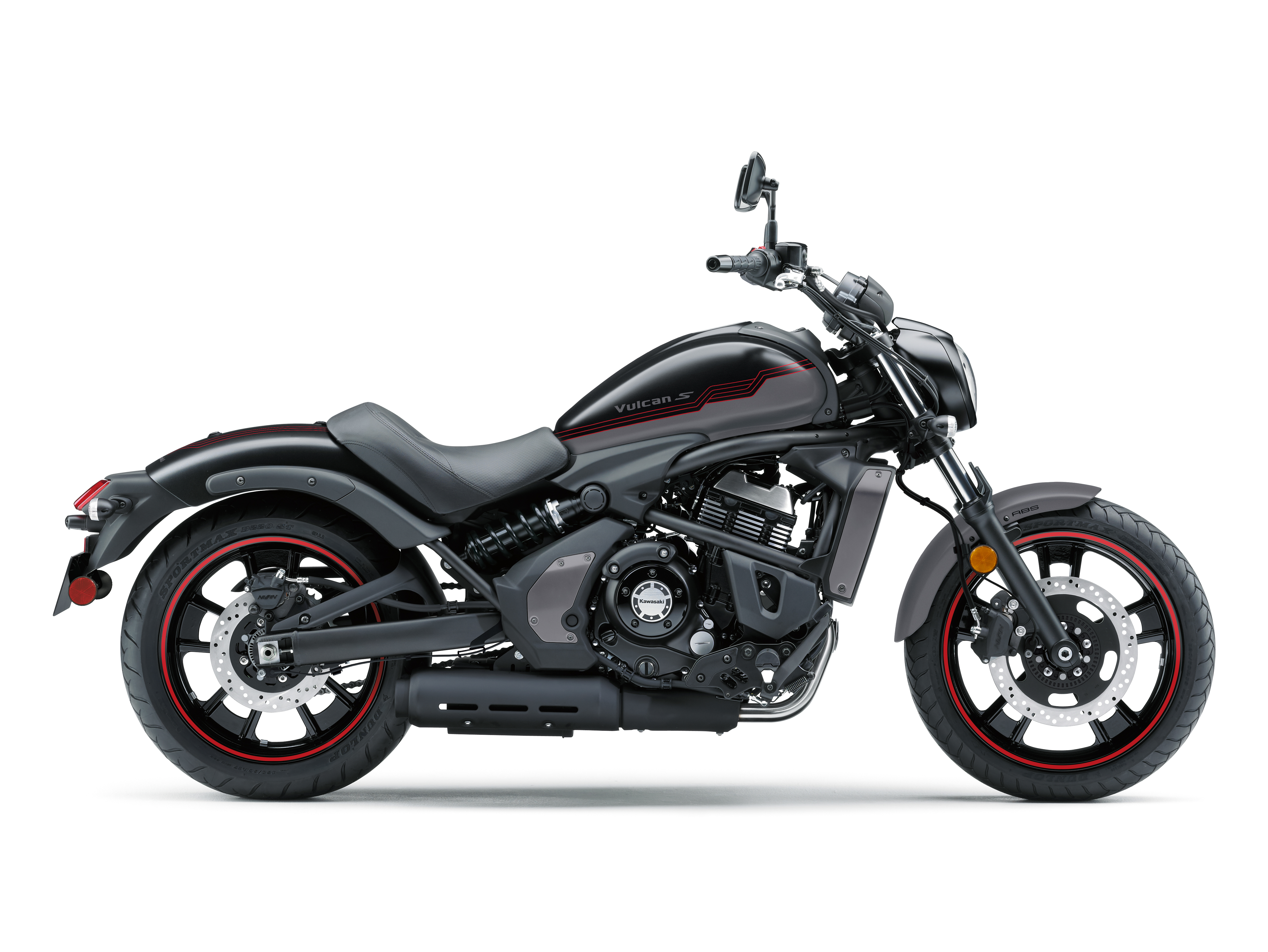Absolutely! Here’s a long article about Vulcan motorcycles, structured with headings and subheadings as requested, and aiming for approximately 2800 words.
The Kawasaki Vulcan line of motorcycles has carved a significant niche in the cruiser market, offering riders a blend of classic styling, reliable performance, and a customizable platform. From its inception to its modern iterations, the Vulcan has consistently appealed to a diverse range of riders, from seasoned veterans to those new to the world of motorcycling.
The Genesis of the Vulcan: A Bold Entry into the Cruiser Segment

The Vulcan story began in the mid-1980s, a period when the cruiser market was dominated by American manufacturers. Kawasaki, known for its high-performance sport bikes, sought to expand its portfolio and challenge the status quo. The first Vulcan, the VN700A, debuted in 1985. It was a bold move, featuring a liquid-cooled, V-twin engine, a departure from the air-cooled engines that were prevalent in cruisers at the time.
The VN700A: A Technological Leap
The VN700A’s 700cc V-twin engine was a technological marvel for its time. Liquid cooling allowed for tighter tolerances and higher compression ratios, resulting in increased power and efficiency. This engine was also designed to comply with the US tariff on imported motorcycles over 700cc, hence the specific displacement. The bike’s styling, while reminiscent of traditional cruisers, incorporated modern elements, giving it a distinctive look.
The VN750: Power and Refinement
Following the VN700A, Kawasaki introduced the VN750 in 1986. This model featured a larger 749cc engine, further enhancing performance. The VN750 became renowned for its smooth power delivery and comfortable riding position, making it a popular choice for long-distance touring. It also had a unique double cradle frame, and shaft drive.

Expanding the Vulcan Line: Diverse Displacements and Styles
As the Vulcan’s popularity grew, Kawasaki expanded the line to cater to a wider range of riders. This expansion included models with varying displacements and styling, from entry-level cruisers to powerful touring machines.
The Vulcan 400: Entry-Level Accessibility
The Vulcan 400, introduced in the early 1990s, targeted riders seeking an accessible and affordable cruiser. Its smaller displacement engine made it easier to handle, particularly for beginners. The Vulcan 400 retained the classic cruiser styling, making it a visually appealing option in the entry-level segment.
The Vulcan 500: A Versatile Mid-Sized Cruiser
The Vulcan 500, also introduced in the 1990s, filled the gap between the 400 and the larger displacement models. It featured a parallel-twin engine, offering a balance of performance and fuel efficiency. The Vulcan 500’s versatility made it suitable for both commuting and weekend rides.
The Vulcan 800: A Classic Bobber Aesthetic
The Vulcan 800, introduced in 1995, brought a distinct bobber aesthetic to the Vulcan line. Its stripped-down design, low-slung profile, and spoked wheels gave it a classic, minimalist look. The 800’s performance was also notable, thanks to its powerful V-twin engine.
The Vulcan 1500: The Powerhouse Cruiser
The Vulcan 1500, launched in 1996, represented Kawasaki’s foray into the large-displacement cruiser market. Its massive 1470cc V-twin engine delivered impressive torque and power, making it a formidable touring machine. The 1500’s styling reflected its powerful nature, with a muscular stance and chrome accents.
Modern Vulcan Models: Technology and Refinement
In the 21st century, Kawasaki continued to refine the Vulcan line, incorporating modern technology and design elements. This evolution ensured that the Vulcan remained competitive in a rapidly changing market.
The Vulcan 900: A Balanced Mid-Range Cruiser
The Vulcan 900, introduced in 2006, became a staple of the Vulcan line. It offered a balance of performance, comfort, and affordability. The 900’s 903cc V-twin engine provided ample power for both city riding and highway cruising. Its styling, with its flowing lines and chrome accents, appealed to a wide range of riders. The Classic, and Custom models offer different styling.
The Vulcan S: A Sporty and Customizable Cruiser
The Vulcan S, launched in 2015, represented a departure from traditional cruiser styling. Its sporty design, adjustable ergonomics, and parallel-twin engine made it a versatile option for riders seeking a more dynamic riding experience. The Vulcan S’s customizable features allowed riders to tailor the bike to their individual preferences.
The Vulcan 1700: Luxury Touring at its Finest
The Vulcan 1700, a flagship model, embodies luxury touring. Its 1700cc V-twin engine delivers smooth and powerful performance. The 1700’s advanced features, such as electronic cruise control, anti-lock brakes, and a premium audio system, enhance the riding experience. The Voyager and Vaquero models offer different styling and luggage options.
The Vulcan’s Enduring Appeal: A Rider’s Perspective
The Kawasaki Vulcan’s enduring appeal stems from its ability to cater to a diverse range of riders. Whether you’re a seasoned touring enthusiast or a beginner seeking an accessible cruiser, there’s a Vulcan model that fits your needs.
Customization and Community
The Vulcan’s customizable platform has fostered a vibrant community of riders who enjoy personalizing their bikes. From aftermarket accessories to custom paint jobs, Vulcan owners have a plethora of options for expressing their individuality. The online forums and rider groups dedicated to the Vulcan provide a platform for sharing knowledge and experiences.
Reliability and Performance
Kawasaki’s reputation for building reliable motorcycles is evident in the Vulcan line. The bikes are known for their robust engines and durable construction, ensuring years of trouble-free riding. The Vulcan’s performance, whether it’s the smooth power delivery of the 900 or the raw torque of the 1700, consistently impresses riders.
The Future of the Vulcan
As the motorcycle industry continues to evolve, Kawasaki is likely to introduce new Vulcan models and technologies. Electric powertrains and advanced rider aids are among the innovations that could shape the future of the Vulcan. However, the core values that have defined the Vulcan line—classic styling, reliable performance, and a customizable platform—are likely to remain. The Vulcan’s legacy as a versatile and enduring cruiser is secure.
